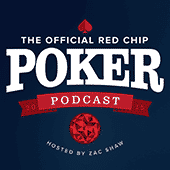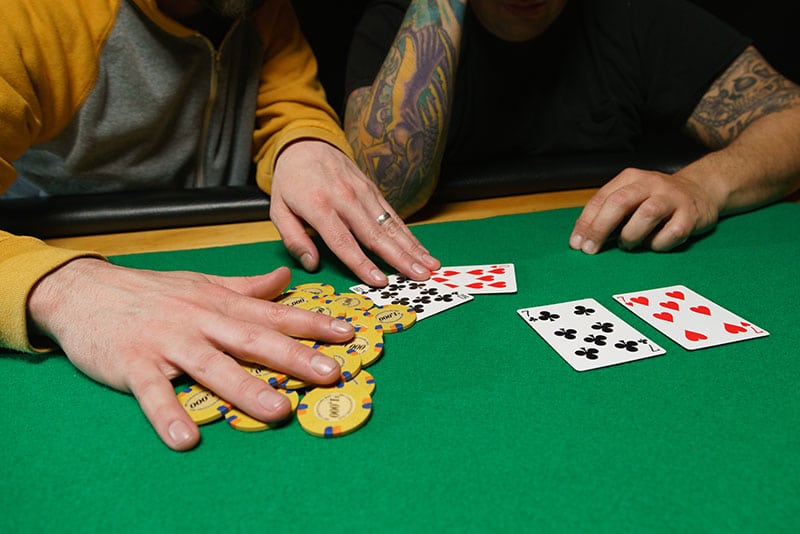You don’t have to be told that at the final table, your decisions matter. So why don’t more tournament players work through the spots they’re likely to face, under extreme ICM pressure, with major pay jumps and big cash on the line? Tournament coach and pro Ben Hayles recently collaborated with James “SplitSuit” Sweeney on Poker Workbook: Tournament Final Tables to fill that knowledge gap. Hayles stopped by the podcast to share details on their new approach to developing poker skills to dominate final tables.

Ben Hayles has been playing poker since the mid-90s. He turned his hand to coaching in 2007. He never looked back. He increased that aspect of his working life to the point where it’s mainly what he does. He’s always been a tournament guy, never really a cash game player. Sit-and-gos and tournaments are what Hayles is all about.
He’s worked with Hold ‘Em Manager and has written two previous books Post Flop Vol. 1 & 2 — his pride and joy. They are very database-driven books that analyze every type of post-flop situation. (You can check the books out here.)
Hayles was hooked since his first $25 tournament. He ended up at 5am at the final table winning. Certainly there was some luck involved, but “it’s a love thing” for Hayles.

Hayles put together Poker Workbook: Final Tables in collaboration with James “SplitSuit” Sweeney. He chose 40 example hands and created the content. SplitSuit determined the structure and design.
There are 40 example hands. In the first 10 hands, you’re looking at Hero’s ranges, and trying to hone in on exactly how often you’re c-betting a given flop, or 3-betting/folding/etc. Using Flopzilla, you analyze these spots in 10 exercises. There’s a middle section of 20 hands where you’re analyzing Villain’s range. Hayles says this is the more difficult exercise for most.
The final section deals with range against range. No hole cards, you’re just building ranges, and seeing how these ranges interact, and who has range advantage.
“ICM is the big difference between tournaments and cash games. And at the final table, ICM is at its most intense,” he says. That’s why they selected hands where ICM factors in greatly, requiring use of the Hold ’em Resources Calculator tool to see exactly how ICM should be influencing your ranges.
Hayles uses the aforementioned software off-table to get a feel for how ICM should adjust our decisionmaking in given spots.
“So many people know the theory behind this, but they’re not able to transfer it into practice and make it work for them at the tables. This workbook is going to give you the best shot at achieving that,” he says.
“You’re going to be learning from the workbook how to analyze hands in the future,” he adds.
Hayles proceeds to break down some hand histories from the workbook. Pick up a copy to follow along and get greater insight into how the authors composed the excercises we run through in the podcast.
“I’ve learned a lot just writing this book. I’m absolutely convinced it’s a winning tool,” he says.
Hayles sees many players who think they understand ICM but haven’t worked through the spots to develop the intuition to play correct ranges which might be counter-intuitive on the surface.
He also sees frequency imbalances as a critical weakness to exploit, as well as a critical leak to plug. The two can be worked on simultaneously.

I’d like to purchase the combo of the workbook and flopzilla. Can you download flopzilla on an iPad?
Hey John. Flopzilla ONLY works on PC – so it won’t work on a mac or iPad =(